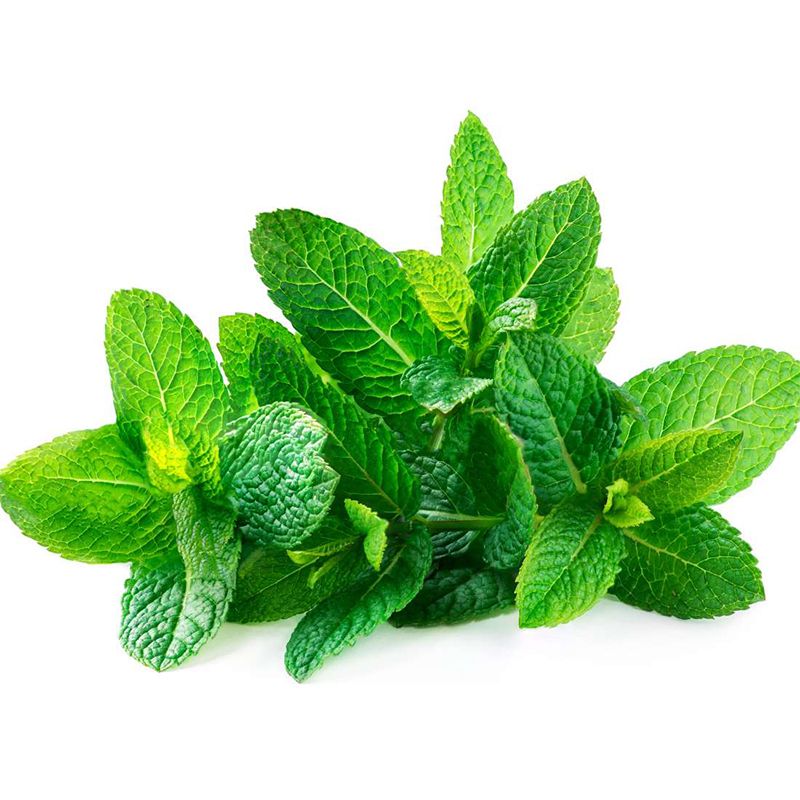

Once the tenacious herbs take hold in your garden, it is very easy to propagate them by cuttings and transplanting once the root system is well established.īest Gardening Tools for Seniors (Pain-Free Tested & Approved) Mint is a perennial and its seeds can be sowed in flats or in the ground. My ancestors, like most who came here from across the sea, brought this pungent herb to America primarily for medicinal uses.

On warm summer nights, these beguiling aromas are especially invigorating. I guess that why I just naturally plant mint along my walkways, where my clothes can brush softly up against it as I pass by or I can step upon its perfumed leaves and release refreshing mint fragrances into the air. Pluto, unable to undo the spell, was able to soften it by giving Minthe a sweet scent, which would perfume the air when her leaves were stepped on – thus aromatic herb Mint. In fact, mint is part of Greek mythology and according to legend – “Menthe” originally a nymph and Pluto’s lover angered Pluto’s wife, Persephone, who in a fit of rage turned Minthe into a lowly plant, to be trodden upon. The Greeks believed mints could clear the voice and cure hiccups. Native to the Mediterranean and Western Asia, mints interbreed often, making it difficult for even an expert to distinguish all the varieties.Īll mints contain the volatile oil menthol, which gives mint that characteristic cooling, cleansing feeling. The herb, mint, belongs to a large family with over 30 species, the most common being peppermint and spearmint. In fact, the reason most of our ancestors grew this pungent herb was for its many health benefits.Įven today, naturalists still employ peppermint to treat gallstones, irritable bowel syndrome, and the common cold. Whichever way one eats it, drinks it, or prepares it, mint is an herb with many beneficial uses for good health.


 0 kommentar(er)
0 kommentar(er)
